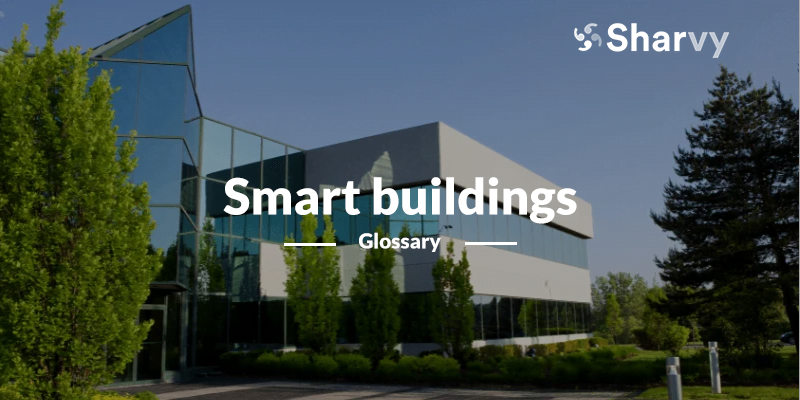What is a smart building? – Definition
A smart building is designed to use the latest technological advances, such as Artificial Intelligence (AI) and the Internet of Things (IoT), to offer property managers solutions for optimizing management, security, comfort, energy efficiency, and many other aspects of its operation.
The smart building is an innovative solution for reducing unnecessary consumption within infrastructures while at the same time making a positive contribution to respect for the environment. It is synonymous with comfort, improving working conditions, and maximizing performance for all employees.
What are the main features of smart buildings?
A smart building encompasses a wide range of technologies and solutions, including :
- Sensors and IoT devices for real-time data monitoring and control.
- Energy management systems to reduce consumption and CO2 emissions.
- Automation of security functions (surveillance cameras and access systems).
- Integration with smart grids for distributed energy management.
- A Parking Management solution to improve car park occupancy rates.
- A Workplace Management solution to improve workspace management.
- A range of sustainable mobility solutions, such as recharging stations for electric vehicles and bike-sharing facilities.
How do you turn your building into a smart building?
Transforming a building into a smart one can bring many benefits to property owners and building occupants alike.
To do so, however, requires an initial financial investment (even if the costs are amortized over the long term, it’s essential to be aware of this).
First, installing sensors and data collection devices at strategic locations inside and outside the building is essential. These sensors monitor temperature, humidity, air quality, luminosity, and human presence.
These sensors must then be connected to a centralized computer network that collects and processes the data. This connection to the network must be secure to protect the sensitive information collected by the sensors.
Finally, software and management systems must be implemented to interpret the data, automate processes, and enable interaction with the building’s occupants.
What does the future hold for smart buildings?
The future of smart buildings is very bright. With the evolution of technologies coupled with a growing awareness of the importance of sustainability and energy efficiency, we will likely see significant growth in the number of smart buildings built and renovated. At the same time, integrating Artificial Intelligence (AI), Machine Learning, and blockchain could lead to new levels of automation, customization, and security in the construction of the future.
As a result, smart buildings represent the future of construction and are at the heart of the transformation of the entire real estate sector. They are innovative & sustainable solutions to our time’s energy, environmental and social challenges! Moreover, over and above the environmental and economic benefits, users are at the heart of what’s at stake with smart buildings. Today, 20% of the British population is disabled. Given this significant number, companies and property managers need to consider their needs and provide them with a quality experience thanks to smart buildings, from the moment they walk through the doors: whether as visitors, managers, users, and so on.

